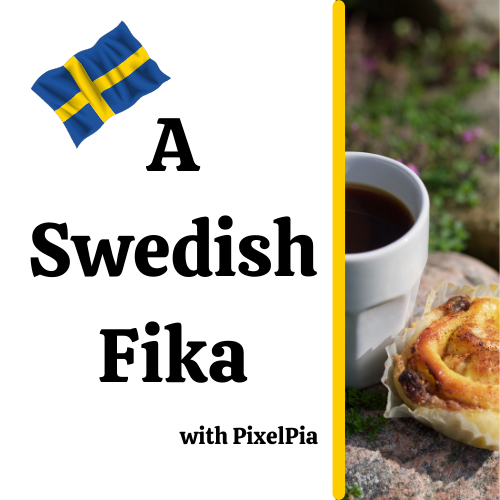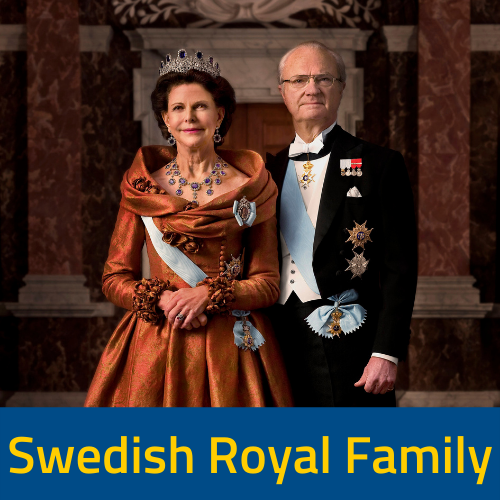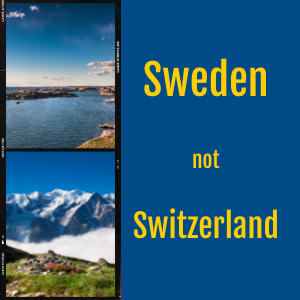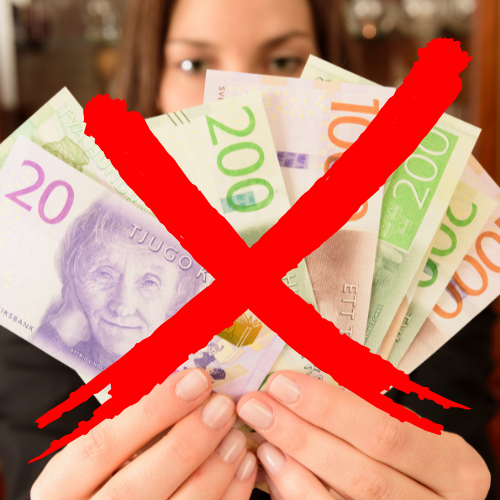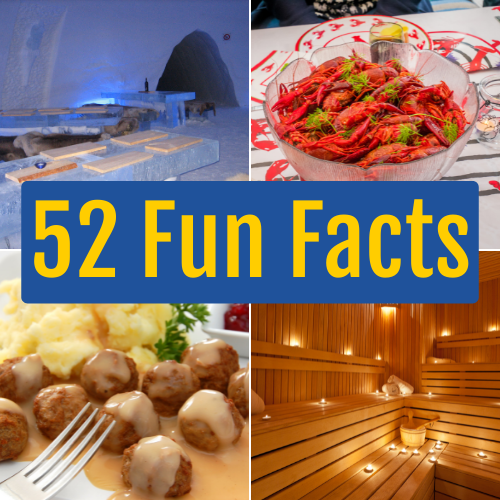An average Swedish Family
Today I want to try and paint a picture for you. I want to describe an average Swedish family. This family does not exist, it is a creation of statistics about Sweden and Swedes, but I hope it can paint a picture about life in Sweden.
Let me introduce you to the Andersson Family, Andersson is the most common last name in Sweden. It consists of dad Lars and mom Anna the two most common adult first names in Sweden. They have two children, a boy, and a girl, that is slightly over the average which is 1.7 children, their names are Alice 9 years old, and Lucas 5 years old.
Lars and Anna met in their early 20s when they both were attending college. After a year of dating they decided to move in together, they became sambos, which is a construction from the word samman and boende which means together and living. To be sambos in Sweden can be closest compared to domestic partner status in the U.S, but as they got their first child they decided to get married, which in many cases simplify many legal issues.
They live in the outskirts of Stockholm, the capital of Sweden.

Starting a Family
So in 2012, they got married, and even though they are not actively religious, like so many other Swedes they got married in the church of Sweden. And in 2013 Alice was born. She was later on baptized in the church of Sweden, another tradition that many Swedes still honor even if they are not actively taking part in the church.
At this point, they were both working, Lars as a software developer, the second-largest most common male occupation in Sweden, and Anna as an assistant nurse, the most common female occupation.
They lived in a rented 2 bedroom apartment at this time and commuted to work on public transportation.

Parental Leave
When Alice was born Anna used her right to parental leave. Parental leave in Sweden is rather generous, a total of 480 days, and 90 of them are reserved for the father. During the first 390 days, you will receive 80% of your salary which is paid by the social insurance system, and for the last 90 days, you will receive a set sum per day of 185 Swedish Krona or $19.
During the first 10 days, both Anna and Lars stayed at home thanks to an extra 10 days the father can get during the first 30 days as extra support. Since this was their first child they decided to both be at home to support each other. Anna then stayed home for 13 months while Lars went back to work. At that point, they switched places and Lars became a stay-at-home dad for 3 months.
After these 3 months, Anna started to work part-time, 20 hours per week, instead of the traditional 40 hours of full-time work. Alice spent time in pre-school which is very common for children in Sweden.
Late in 2016, Anna got pregnant again, and they decided they needed a larger home. This time they bought their own home, a 4 bedroom house with a small yard for the kids to play in. They moved to the suburbs, which also meant investing in a new car for the family.
When Lucas was born they once again shared the parental leave time.

Finances and Vacations
The Andersson’s earn a little more than the average Swedish family with a yearly income of $68,000 and they live quite comfortably. In 2020 they decided to invest in a small vacation home on a small island called Gräsö, about 100 miles north of Stockholm. They spend their vacation there every summer, 4 weeks of it, and the 5th that both Anna and Lars have they usually use during the Christmas to spend time with their kids at home.
If you want to learn more about Swedish Christmas I have a full episode about Swedish Christmas.
Today their daughter Alice is in 3rd grade, and Lucas who is 5 years old goes to pre-school. Alice plays soccer in a local team, and dad Lars is one of the trainers of the team.
The family also enjoy to spend time in nature, and often spend their weekends outdoors, during the winter that includes skiing and ice-skating, in the fall the often spend time in the forrest picking berries and mushrooms, spring is a time for just enjoying the return of the sun and daylight by playing in the park, and as I said summer is often spent up at Gräsö, where swimming, fishing, and all kinds of water activities are on the agenda.
As I said this is a fictive family based on many average statistics from Sweden, but at the same time it also depicts a very realistic view of a Swedish family.
Upcoming
In my next episode, I will compare Sweden and the US when it comes to work-life balance. There is one of the areas of life where I think we have one of the largest differences in culture between our two countries, and one that can lead to many misunderstandings about each other.
If that is something that interests you I would love for you to subscribe to the podcast. If you are interested in getting updates about what is coming up you can go to my website aswedishfika.com where you can sign up for my newsletter, and you will get monthly updates.
Only one thing left to do, and that is to say, as we say in Sweden
